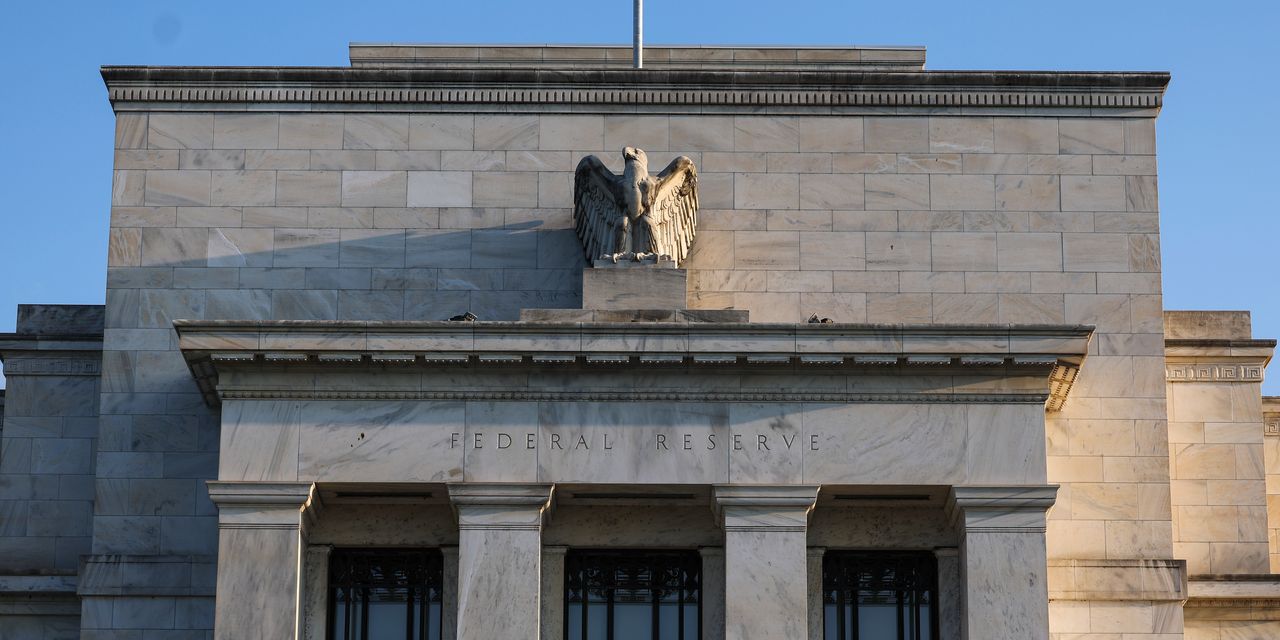Investors are demanding more to take the risk of buying longer-dated bonds rather than short-term debt.
A Federal Reserve gauge for long-term market risk known as the term premiums on the
10-year
U.S. Treasury note has steadily climbed in August. On Tuesday, it hit its highest point since November, rising to negative 0.1975%. The net change of 0.1463 percentage point was nearly four times the absolute average daily move seen over the last three decades, according to Dow Jones Market Data.
Various factors decide the payout on a 10-year note, but the term premium is a key element. It is basically the compensation, or added yield, that investors demand to hold a long-term bond rather than short-term debt. It reflects the possibility that unexpected economic developments or changes in monetary policy may alter the value of a bond or note. Long-dated debt is more sensitive to such changes than shorter-term securities.
For the past approximately two years, the term premium has always ended the day at less than zero, which means investors aren’t asking for a premium.
While the premium is still in the red—it settled at negative 0.51% on Thursday, the latest day for which data are available—the recent rise signals a shift in perception about lending to the U.S. government. It appears to be a factor behind the recent rise in yields on longer-dated debt.
The yield on the 10-year note rose as high as 4.339% on Monday, its highest point since late 2007.
The risk premium could be rising as investors factor in a higher rate of inflation than they had anticipated. It could also reflect uncertainty over the outlook for bond prices given recent selling pressure. Japanese investors, the biggest foreign holders of U.S. government debt, now have greater reason to sell Treasurys and buy Japanese debt as a result of a recent shift in monetary policy by the
Bank of Japan.
Term premiums also tend to rise in recessions, researchers have found. For example, since 2000, the largest one-day increase in Treasury premiums was noticed in March 2020.
The Fitch Ratings downgrade of the U.S. debt default rating to AA+ from AAA on Aug. 1 may also be adding to the uncertainty. U.S. Treasurys are the safest asset in the world, but the reduction still matters, Torsten Slok, the chief economist and partner at Apollo Global Management, told Barron’s.
Write to Karishma Vanjani at [email protected].
Read the full article here


